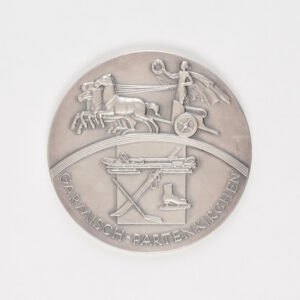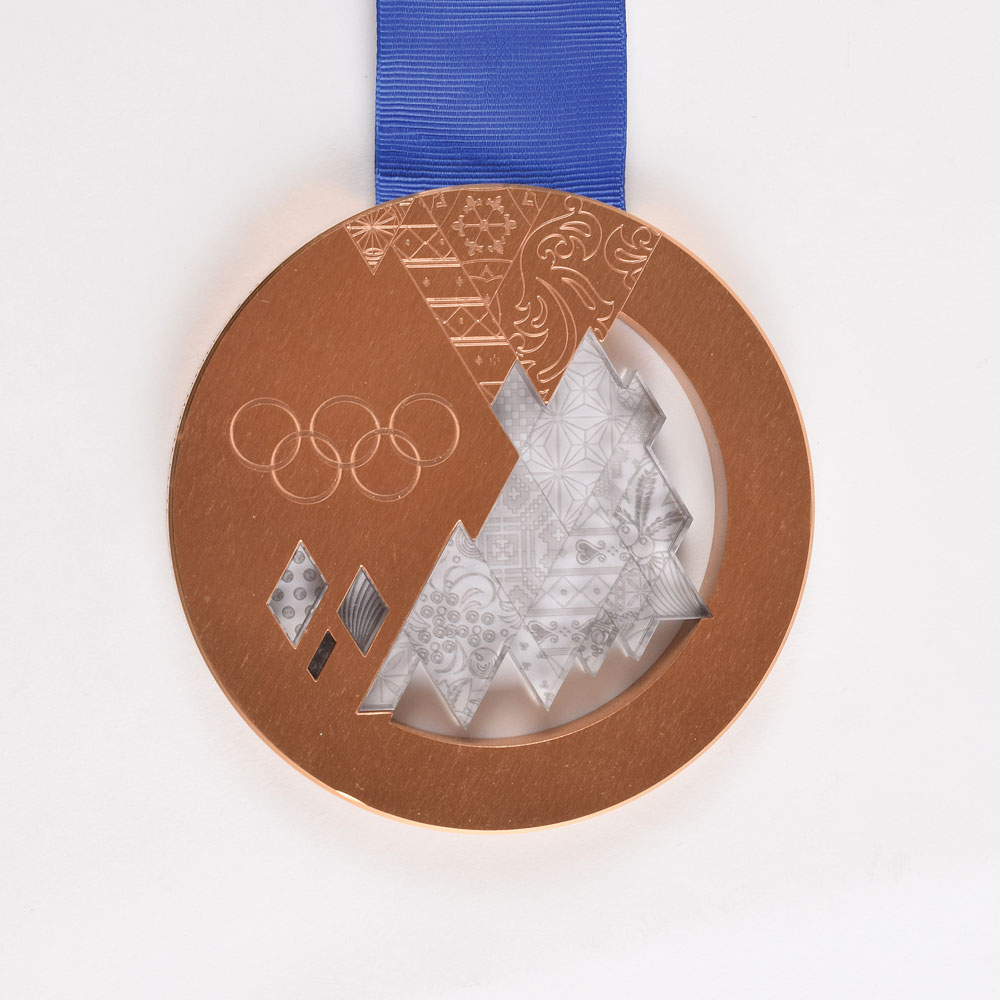Going for the gold (and bronze, and silver)
This Olympics spotlight focuses on winner’s medals. The ultimate goal for any Olympian is to stand upon the podium and receive a medal as one of the top three finishers in an event. Officially called “prize medals,” the Olympic Games’ highest awards – bronze, silver and gold – are equally prized by collectors, no matter the “metal.”
While the Olympic champion is referred to as having received a gold medal, the medal is in fact made of silver and then gilded with at least six grams of gold. In only four Olympics were gold medals actually struck in solid gold: 1900, 1904, 1908 and 1912.
When the Olympic Games were revived and the first Modern Games held in Athens in 1896, only the first two places were honored with medals; the Olympic champion received a silver medal and the runner-up received a bronze. At the Paris Olympics of 1900, as many as 15 of the top finishers received medals.
In 1904, at the St. Louis Olympics, for the first time the top three finishers were awarded gold, silver and bronze. This same order of finish is still used today.


